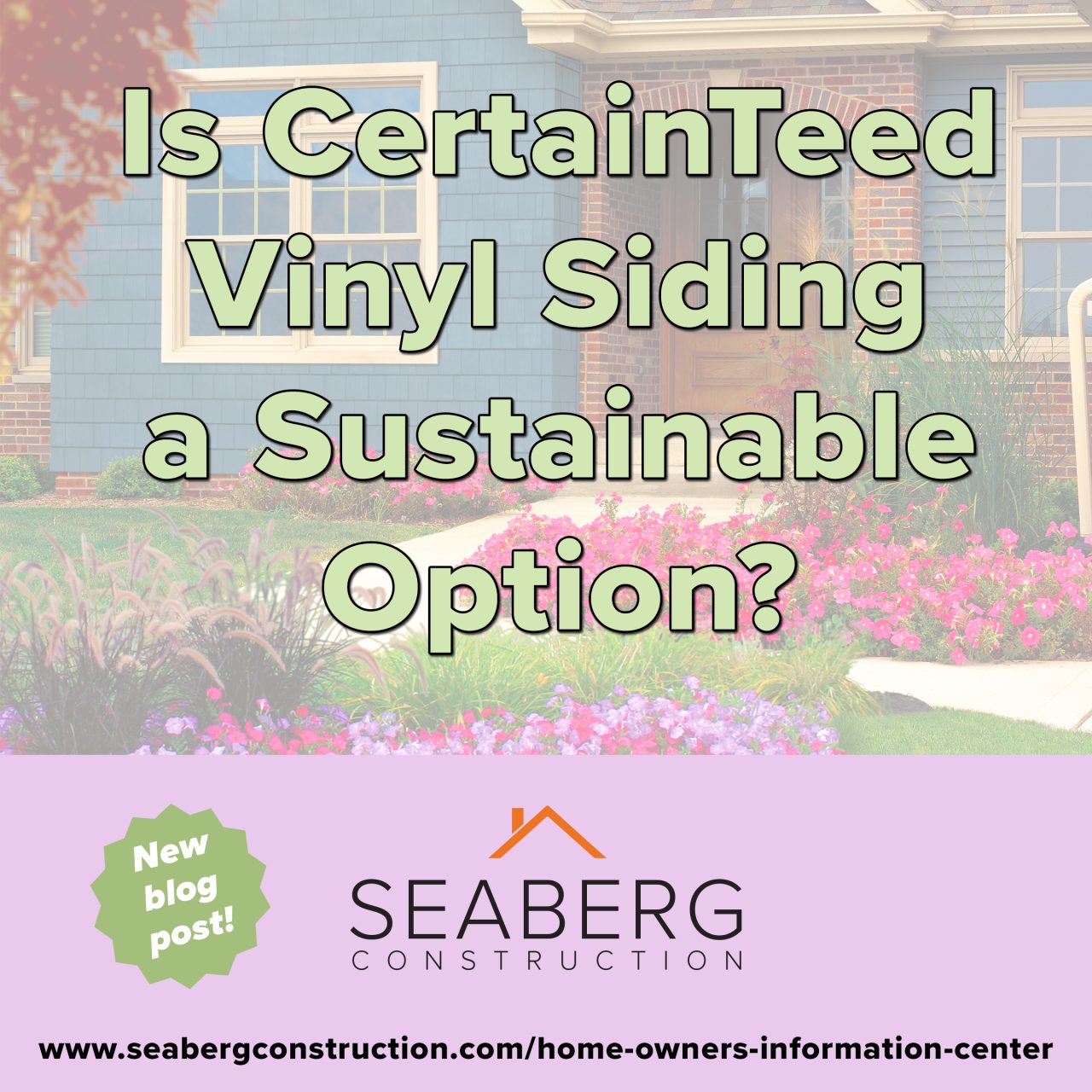Sustainability is becoming an increasingly important factor for homeowners. CertainTeed, a leading manufacturer of building materials, offers a range of vinyl siding options. But the question remains: Is CertainTeed vinyl siding a sustainable option? Let’s explore the various aspects of sustainability related to CertainTeed vinyl siding, from manufacturing processes and material composition to energy efficiency and environmental impact.
1. Material Composition and Durability
CertainTeed vinyl siding is made from polyvinyl chloride (PVC), a type of plastic that has long been scrutinized for its environmental impact. PVC production involves the use of chlorine and other chemicals that can have negative environmental effects. However, CertainTeed has made strides in improving the sustainability of its products by incorporating recycled materials into its vinyl siding.
Recycled Content: CertainTeed incorporates both post-industrial and post-consumer recycled content into its vinyl siding products. This helps reduce the demand for virgin materials and minimizes the waste that would otherwise end up in landfills. The use of recycled materials also lowers the overall environmental footprint of the siding.
Durability: One of the key sustainability benefits of vinyl siding is its durability. CertainTeed vinyl siding is designed to withstand harsh weather conditions, resist insect damage, and avoid rot and decay. Its long lifespan reduces the need for frequent replacements, which in turn lowers the environmental impact associated with manufacturing, transportation, and installation.
2. Vinyl Siding Manufacturing Processes
CertainTeed has implemented several environmentally responsible practices in its manufacturing processes to enhance the sustainability of its vinyl siding.
Energy Efficiency: CertainTeed manufacturing facilities are designed to maximize energy efficiency. The company employs energy-efficient technologies and processes to reduce the energy consumption associated with producing vinyl siding. This includes using energy-efficient lighting, optimizing production schedules, and employing energy recovery systems.
Waste Reduction: The company is committed to minimizing waste generated during the manufacturing process. CertainTeed has implemented recycling programs to repurpose scrap vinyl and other materials, reducing the amount of waste sent to landfills. Additionally, the company strives to optimize its production processes to minimize material waste and enhance resource efficiency.
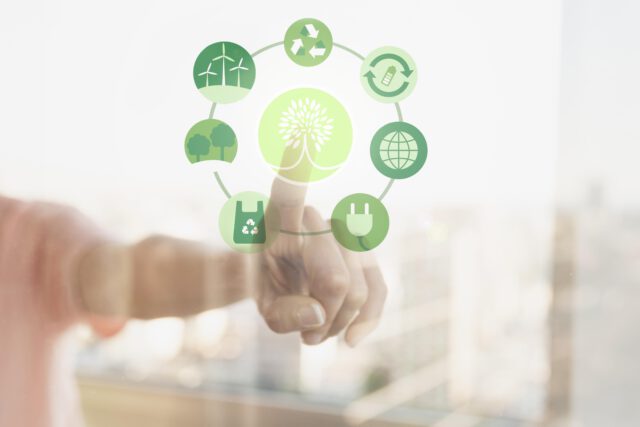
3. Installation and Energy Efficiency
CertainTeed vinyl siding can contribute to the overall energy efficiency of a home, which is an important aspect of sustainability.
Insulation: CertainTeed offers insulated vinyl siding options, such as the CedarBoards™ line, which includes a layer of foam insulation. This added insulation helps to improve the thermal performance of a home, reducing energy consumption for heating and cooling. Enhanced insulation can lead to lower energy bills and a reduced carbon footprint over the lifespan of the siding.
Reflectivity: Vinyl siding can also contribute to energy efficiency through its reflectivity. CertainTeed vinyl siding is available in light colors and reflective finishes that help to deflect solar heat. This can reduce the heat absorbed by a home’s exterior, decreasing the demand for air conditioning during hot weather and further contributing to energy savings.
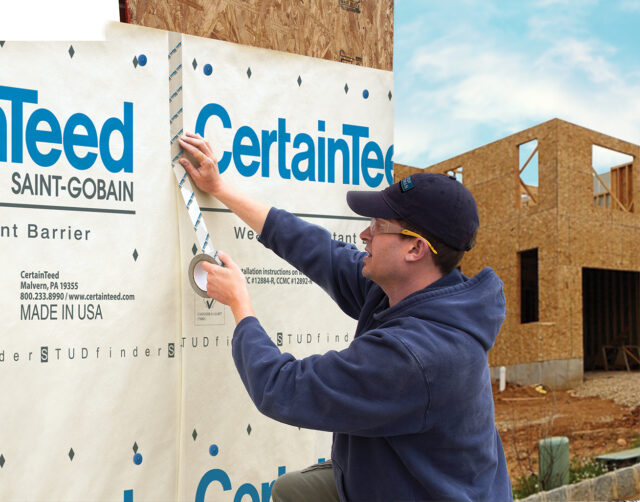
4. Environmental Impact and Certifications
CertainTeed has made efforts to align its products with environmental standards and certifications that promote sustainability.
GreenCircle Certification: CertainTeed vinyl siding has received GreenCircle Certification, which verifies that the products contain a significant percentage of recycled content. This certification provides third-party validation of the company’s commitment to sustainability and helps consumers make informed choices.
NAHB Green Approved: CertainTeed vinyl siding products are also NAHB (National Association of Home Builders) Green Approved, meaning they meet the criteria set by the NAHB for environmentally responsible building products. This certification further underscores the sustainability of CertainTeed vinyl siding.
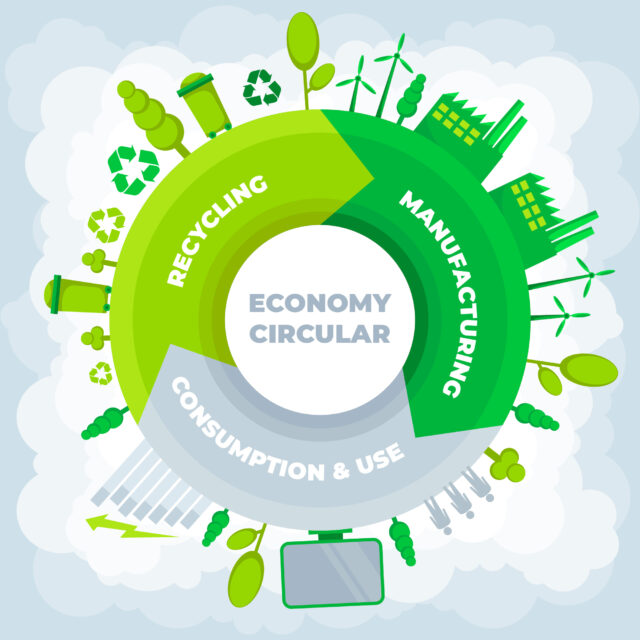
5. Maintenance and Longevity
One of the often overlooked aspects of sustainability is the maintenance and longevity of building materials. CertainTeed vinyl siding requires minimal maintenance compared to other siding options like wood, which needs regular painting and sealing to prevent decay and insect damage.
Low Maintenance: The low maintenance requirements of CertainTeed vinyl siding mean that fewer resources are needed for upkeep. Homeowners do not need to use harsh chemicals or paints, which can be harmful to the environment, to maintain the appearance and functionality of their siding.
Longevity: The long lifespan of CertainTeed vinyl siding means that it does not need to be replaced as frequently as other materials. This longevity reduces the overall environmental impact associated with the production, transportation, and installation of replacement siding.
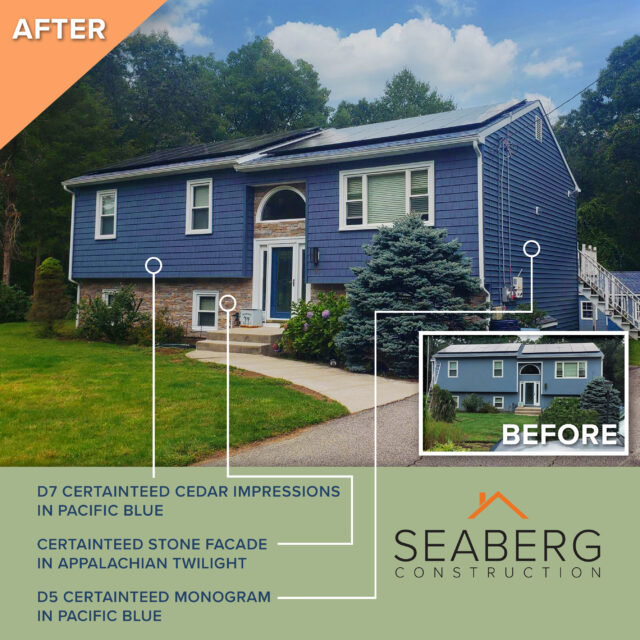
6. End-of-Life Considerations
Sustainability also involves considering what happens to materials at the end of their useful life.
Recyclability: CertainTeed vinyl siding is recyclable, and the company encourages recycling at the end of the product’s lifecycle. While recycling infrastructure for vinyl siding is not as widespread as for some other materials, the potential for recycling helps to mitigate the environmental impact of disposal.
Landfill Impact: The durability and resistance to degradation that makes vinyl siding long-lasting also mean it does not break down easily in landfills. This can be a concern for its end-of-life environmental impact. However, initiatives to improve recycling rates and the incorporation of recycled materials into new products can help address this issue.
7. Comparative Sustainability
When evaluating the sustainability of CertainTeed vinyl siding, it is important to compare it to other siding options available on the market.
Wood Siding: While wood is a renewable resource, wood siding requires regular maintenance and treatment with chemicals that can be harmful to the environment. Additionally, wood is susceptible to rot and insect damage, often necessitating more frequent replacements.
Fiber Cement Siding: Fiber cement siding is durable and often considered a sustainable option. However, it is heavier and requires more energy to produce and transport compared to vinyl siding. The installation process also generates silica dust, which poses health risks if not properly managed.
Aluminum Siding: Aluminum siding is recyclable and lightweight, reducing transportation emissions. However, the energy-intensive process of aluminum production and the potential for denting and scratching can be drawbacks.
Conclusion
CertainTeed vinyl siding incorporates several sustainable practices and features that contribute to its overall environmental performance. The use of recycled materials, energy-efficient manufacturing processes, and the product’s durability and low maintenance requirements all play a role in its sustainability. Additionally, certifications such as GreenCircle and NAHB Green Approved provide third-party validation of its environmental credentials.
While no building material is without its environmental impact, CertainTeed has taken significant steps to enhance the sustainability of its vinyl siding products. Homeowners considering CertainTeed vinyl siding can take comfort in the company’s commitment to reducing its ecological footprint and providing products that contribute to the energy efficiency and longevity of their homes.
Ultimately, the sustainability of CertainTeed vinyl siding can be seen as part of a broader effort to balance durability, performance, and environmental responsibility. By making informed choices and considering the full lifecycle of the product, homeowners can contribute to more sustainable building practices and a healthier planet.
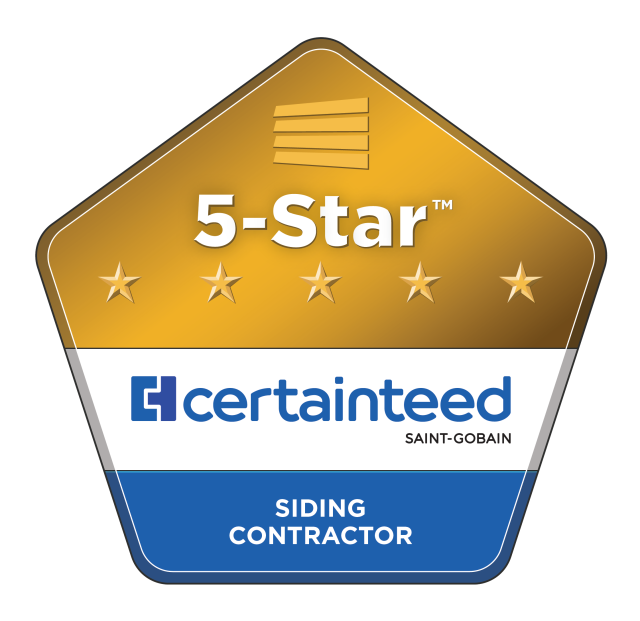
To obtain your complimentary CertainTeed vinyl siding estimate from Seaberg Construction, please complete the form available on our website: https://seabergconstruction.com/about-us-roofing-company/contact-us/
Read Seaberg Construction’s Google reviews left by homeowners like yourself: https://tinyurl.com/kkxwhx8k
Follow us on Facebook: www.facebook.com/seabergconstruction and Instagram: www.instagram.com/seabergconstruction to stay up-to-date with our current projects and news.
To obtain your complimentary estimate from Seaberg Construction, please complete the form available on our website: https://seabergconstruction.com/about-us-roofing-company/contact-us/
And, don’t forget to read our other blog posts for more home improvement tips and ideas: http://seabergconstruction.com/home-owners-information-center/


